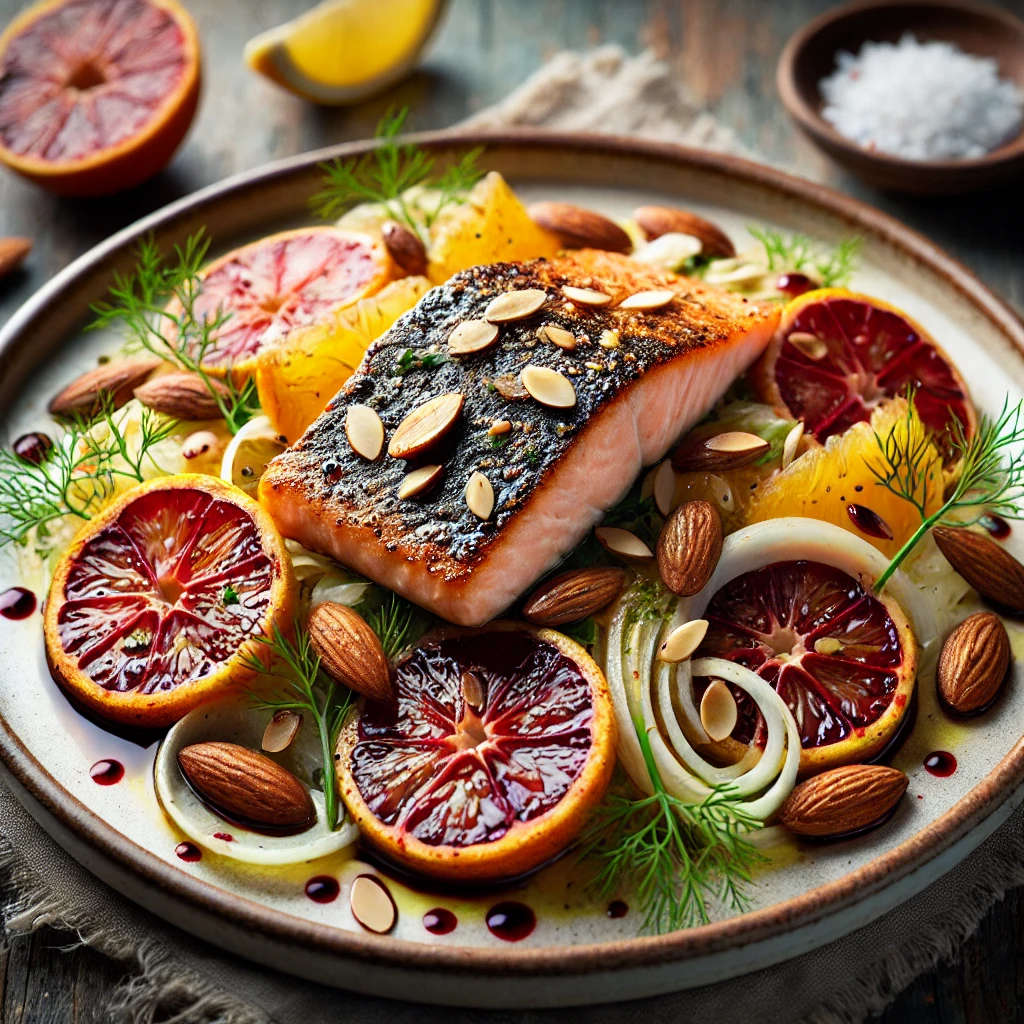Disclaimer: This article is intended for informational purposes only and is not a substitute for professional medical advice, diagnosis, or treatment. I am not a licensed medical professional. Always seek the advice of your physician or other qualified health provider with any questions you may have regarding your medical condition.
Maintaining optimal nutrition becomes more crucial this time of year, particularly for older adults. With less sunlight, your body’s natural vitamin D production declines, making supplementation essential for bone health, immune function, and mood regulation. Additionally, winter’s colder temperatures often lead to a shift in diet, with fewer fresh fruits and vegetables in regular rotation. Taking a high-quality multivitamin, alongside targeted supplements like vitamin C, zinc, and omega-3s, can help fill the nutritional gaps that arise during the darker months.
However, supplements should complement, not replace, a nutrient-rich diet. Seasonal cooking provides an excellent way to ensure your body gets the necessary vitamins and minerals through whole foods. Winter produce, such as citrus fruits, dark leafy greens, root vegetables, and cruciferous vegetables, is naturally rich in immune-boosting vitamins. For example, blood oranges, in season during the winter, are packed with vitamin C, which supports immune function and helps combat the oxidative stress that can accelerate aging. Likewise, fennel is a fiber-rich vegetable that aids digestion and provides a subtle anise flavor, making it a fantastic addition to winter meals.
As we age, our body’s ability to absorb nutrients declines, making it even more important to get adequate vitamins from both food and supplements. A balanced approach—combining whole foods with strategic supplementation—ensures you maintain energy levels, immune resilience, and overall well-being throughout the winter.
Blood Orange & Fennel Salad with Toasted Almonds and Citrus Dressing
Ingredients:
- 3 blood oranges, peeled and sliced into rounds
- 1 medium fennel bulb, thinly sliced (reserve fronds for garnish)
- ¼ cup toasted almonds, roughly chopped
- 2 tbsp extra virgin olive oil
- 1 tbsp fresh blood orange juice
- 1 tbsp lemon juice
- 1 tsp honey or maple syrup
- ½ tsp Dijon mustard
- ½ tsp sea salt
- ¼ tsp freshly ground black pepper
Instructions:
- Prepare the fennel: Trim the bulb, removing any tough outer layers. Cut it in half and thinly slice using a mandoline or sharp knife. Reserve some fennel fronds for garnish.
- Segment the oranges: Slice off the top and bottom of each blood orange, then use a knife to remove the peel and pith. Slice into rounds.
- Make the dressing: In a small bowl, whisk together the blood orange juice, lemon juice, honey, Dijon mustard, salt, and black pepper. Slowly drizzle in the olive oil while whisking until emulsified.
- Assemble the salad: Arrange the sliced fennel and blood oranges on a serving platter. Drizzle with the citrus dressing and sprinkle with toasted almonds. Garnish with reserved fennel fronds.
Adding Seared Scallops or Salmon
For a heartier dish, seared scallops or salmon pair beautifully with this salad, adding protein and healthy omega-3 fatty acids, which are particularly beneficial during the winter months for brain health and inflammation reduction.
- Seared Scallops: Pat dry 8-10 large sea scallops and season with salt and pepper. Heat 1 tbsp olive oil in a skillet over medium-high heat. Sear the scallops for about 2 minutes per side until golden brown and opaque in the center. Place them on top of the salad for a warm, rich contrast to the citrusy freshness.
- Seared Salmon: Season a 6-ounce salmon fillet with salt and pepper. Heat 1 tbsp olive oil in a skillet over medium-high heat. Sear the salmon skin-side down for about 4 minutes, then flip and cook for another 2-3 minutes until flaky. Slice into portions and serve alongside the salad, allowing the warm salmon juices to slightly mix with the citrus dressing.


